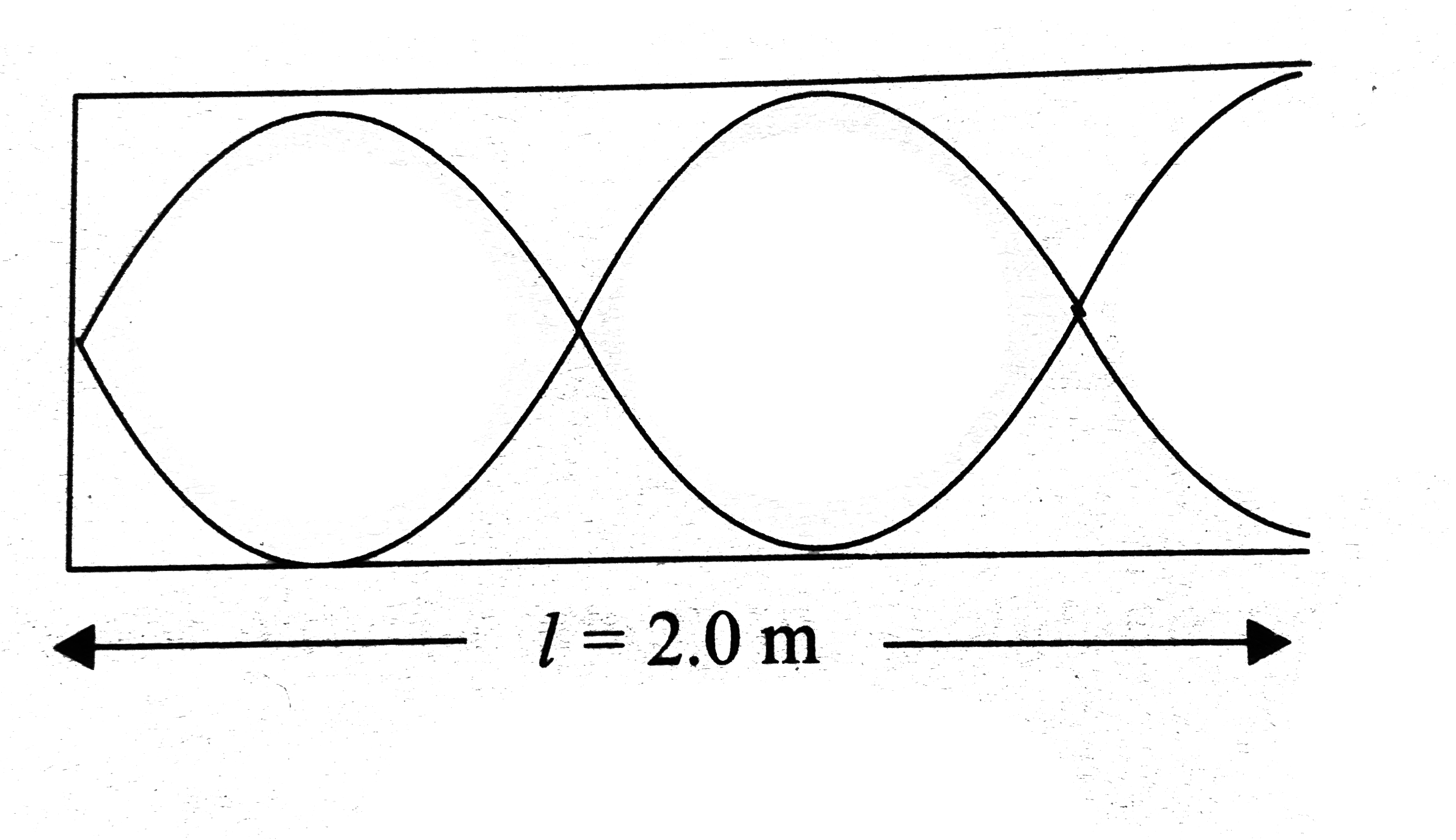A longitudal wave is produced on a slinky. The wave travels at a speed of 30 cm/s and the frequency of the wave is 20 Hz. What is the minimum separation between two consecutive compression of the slinky?
To solve the problem of finding the minimum separation between two consecutive compressions of a longitudinal wave in a slinky, we can follow these steps:
1. Understand the Relationship: The minimum separation between two consecutive compressions in a longitudinal wave is equal to the wavelength (λ) of the wave.
2. Use the Wave Equation: The wave equation relates the speed (v), frequency (f), and wavelength (λ) of the wave:
v=f⋅λ
From this equation, we can rearrange it to find the wavelength:
λ=vf
3. Insert Given Values: We are given:
- Speed of the wave, v=30cm/s
- Frequency of the wave, f=20Hz
Now, substitute these values into the rearranged wave equation:
λ=30cm/s20Hz
4. Calculate the Wavelength: Perform the division:
λ=3020=1.5cm
5. Conclusion: The minimum separation between two consecutive compressions of the slinky is:
λ=1.5cm
Final Answer:
The minimum separation between two consecutive compressions is 1.5 cm.
---
v=f⋅λ
From this equation, we can rearrange it to find the wavelength:
λ=vf
- Speed of the wave, v=30cm/s
- Frequency of the wave, f=20Hz
λ=30cm/s20Hz
λ=3020=1.5cm
λ=1.5cm
The minimum separation between two consecutive compressions is 1.5 cm.
Topper's Solved these Questions
- TRAVELLING WAVESBOOK - CENGAGE PHYSICS ENGLISHCHAPTER - TRAVELLING WAVESEXERCISE - Exercise 5.2
23 Videos
- TRAVELLING WAVESBOOK - CENGAGE PHYSICS ENGLISHCHAPTER - TRAVELLING WAVESEXERCISE - Subjective
16 Videos
- TRAVELLING WAVESBOOK - CENGAGE PHYSICS ENGLISHCHAPTER - TRAVELLING WAVESEXERCISE - Example
9 Videos
- TRANSMISSION OF HEATBOOK - CENGAGE PHYSICS ENGLISHCHAPTER - TRANSMISSION OF HEATEXERCISE - Single correct
9 Videos
- VECTORSBOOK - CENGAGE PHYSICS ENGLISHCHAPTER - VECTORSEXERCISE - Exercise Multiple Correct
5 Videos
Similar Questions
A wave travels at a speed of 0.3 m s−1 and the frequency of wave is 20 Hz. Find the separation between two consecutive compressions.
View SolutionA longitudinal wave travels at a speed of 0.3 m s−1 and the frequency of wave is 20 Hz. Find the separation between the two consecutive compressions.
View Solution
Knowledge Check
A light wave, travelling at 3×108m/s has a frequency of 6×1015 Hz. What is its wavelength?
A5×10−8mB2×10−7mC5×10−7mD5×10−6mFigure given shows a sinusoidal wave on a string. If the frequency of the wave is 150 Hz, what is the velocity and wavelength of the given wave?
 A0.04m,10ms−1B0.06m,12ms−1C0.08m,10ms−1D0.08m,12ms−1
A0.04m,10ms−1B0.06m,12ms−1C0.08m,10ms−1D0.08m,12ms−1
A sound wave travels at a speed of 339m/s. If its wavelength is 1.5cm, what is the frequency of the wave ? Will it be audible ?
View SolutionThe equation of a wave travelling on a string is y=(0.10mm)sin[3.14m−1)x+(314s−1)t]. (a) In which direction does the wave travel ? (b) Find the wave speed, the wavelength and the frequency of the wave. (c) What is the maximum displacement and the maximum speed of a portion of the string ?
View SolutionA wave of wavelength 0.60 cm is produced in air and it travels at a speed of 300 ms^-1. Will it be audible?
View SolutionThe standing wave pattern shown in the tube has a wave speed of 5.0ms−1. What is the frequency of the standing wave [ in Hz approx.] ?

View SolutionA source of wave produces 40 crests and 40 troughs in 0.4 s. What is the frequency of the wave ?
View SolutionThe equation of a wave travelling on a string is y=(0.10mm)sin[(31.4m−1)x+(314s−1)t]
(a) In which direction does the travel?
(b) Find the wave speed, the wavelength and the frequency of the wave.
( c ) What is the maximum displacement and the maximum speed of a portion of the string?
View Solution
